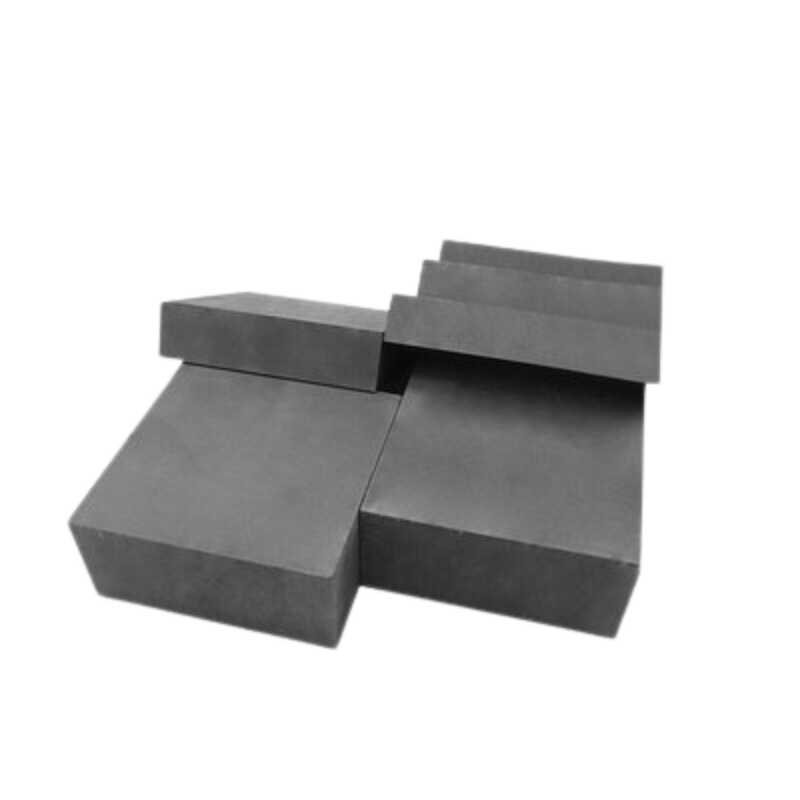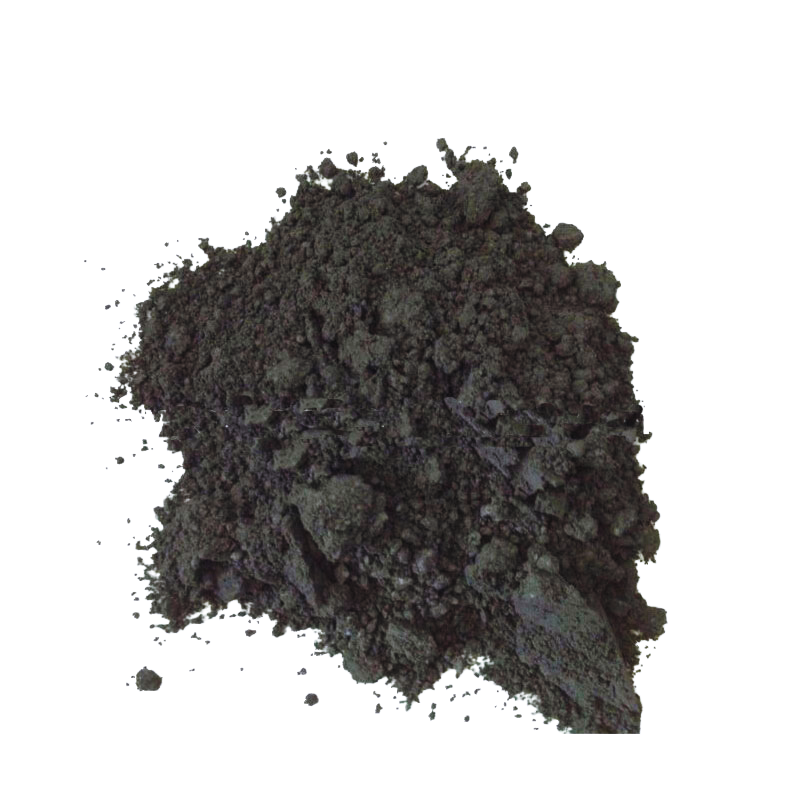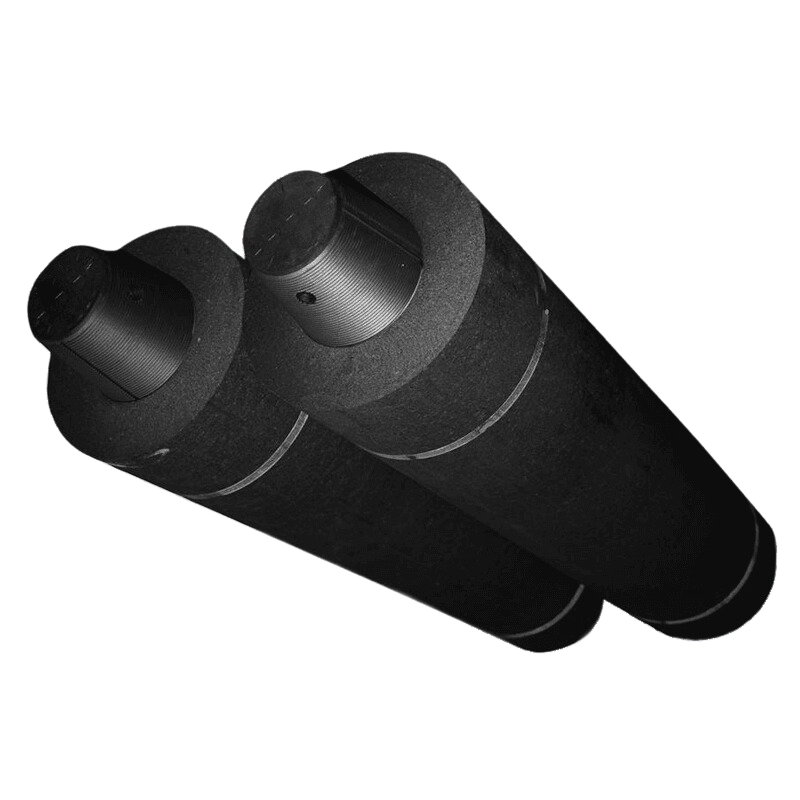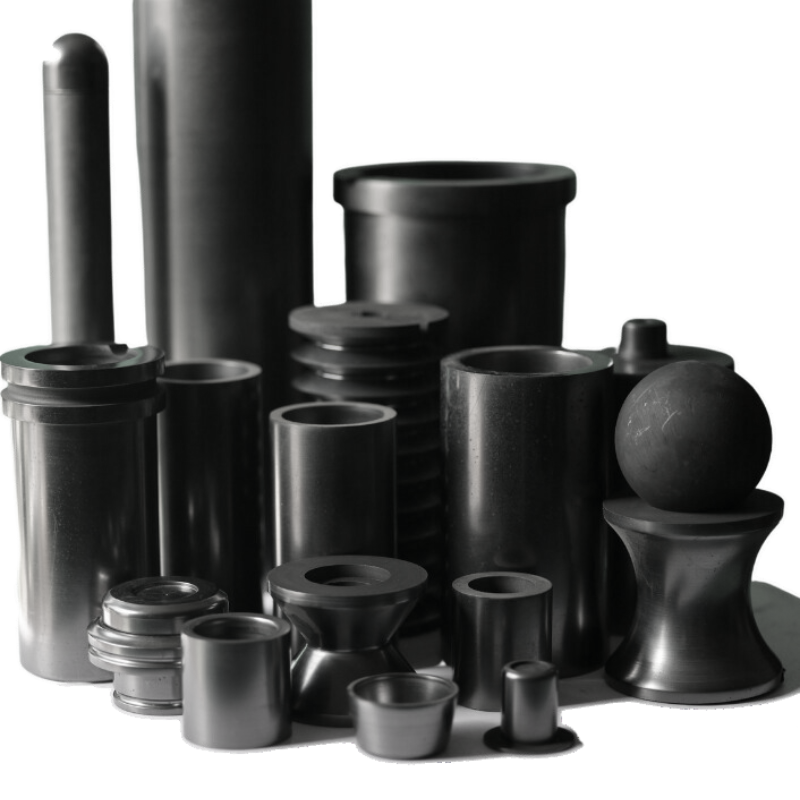Introduction
In the realm of aerospace engineering, composite materials have become a cornerstone for achieving lightweight, yet robust structures. One crucial element in the manufacturing process of these composite structures is the use of graphite molds. Graphite molds play a pivotal role in shaping and fabricating complex aerospace components with precision and efficiency. This article delves into the significance of graphite molds in aerospace composite structures and their indispensable contribution to the industry.
Understanding Graphite Molds
Graphite molds are meticulously engineered tools designed to facilitate the production of aerospace composite structures. Crafted from high-quality graphite materials, these molds possess exceptional thermal stability, low thermal expansion, and superior machinability. Their unique properties make them ideal for withstanding the extreme temperatures and pressures encountered during composite manufacturing processes such as resin transfer molding (RTM), vacuum-assisted resin transfer molding (VARTM), and autoclave curing.
The Role of Graphite Molds in Aerospace Composite Manufacturing
Graphite molds serve as the foundational framework upon which aerospace composite structures are built. Their precise geometries and smooth surfaces allow for the replication of intricate designs and contours with unparalleled accuracy. Whether molding fuselage panels, wing components, or interior fittings, graphite molds ensure consistent quality and dimensional integrity throughout the manufacturing process.
Moreover, graphite molds facilitate efficient heat transfer during curing cycles, ensuring uniform distribution of temperature across the composite material. This promotes optimal resin flow and consolidation, minimizing voids and defects in the final product. Additionally, the non-reactive nature of graphite mitigates the risk of chemical interactions with composite materials, preserving their mechanical properties and longevity.
Advantages of Graphite Molds in Aerospace Applications
The utilization of graphite molds offers several distinct advantages in the production of aerospace composite structures:
1.Precision Engineering: Graphite molds enable the creation of complex, high-tolerance components with minimal deviation from design specifications, ensuring optimal performance and aerodynamic efficiency.
2.Cost-effectiveness: While initial investment in graphite molds may be higher compared to traditional tooling methods, their durability and reusability result in long-term cost savings over multiple production cycles.
3.Reduced Lead Times: The machinability of graphite allows for rapid prototyping and tooling modifications, accelerating the development process and facilitating faster time-to-market for aerospace manufacturers.
4.Lightweight Design: Graphite molds exhibit a favorable strength-to-weight ratio, contributing to overall weight reduction in composite structures without compromising structural integrity or performance.
5.Environmental Sustainability: Graphite molds are inherently eco-friendly, as they can be recycled or repurposed at the end of their lifecycle, minimizing waste and environmental impact.
Applications of Graphite Molds in Aerospace Composite Structures
The versatility of graphite molds enables their widespread use across various aerospace applications, including:
Aircraft Components: From empennages to landing gear doors, graphite molds are instrumental in fabricating lightweight yet robust components that withstand the rigors of flight.
1.Satellite Structures: Graphite molds play a vital role in manufacturing satellite antennas, solar panels, and other critical structures essential for space exploration and communication.
2.Unmanned Aerial Vehicles (UAVs): The demand for agile and efficient UAVs has spurred the adoption of graphite molds for producing aerodynamic airframes and payload enclosures.
3.Interior Cabin Features: Graphite molds enable the customization of interior cabin features such as seating components, overhead bins, and galley fixtures, enhancing passenger comfort and convenience.
4.Rocket Payload Fairings: Graphite molds facilitate the fabrication of payload fairings for launch vehicles, ensuring aerodynamic efficiency and payload protection during ascent.
Future Perspectives and Innovations
As aerospace technology continues to evolve, so too will the role of graphite molds in composite manufacturing. Advancements in additive manufacturing techniques, such as 3D printing, offer new possibilities for rapid mold prototyping and customization. Additionally, the integration of advanced materials and surface treatments can further enhance the performance and longevity of graphite molds in demanding aerospace applications.
Conclusion
In the realm of aerospace composite structures, graphite molds stand as indispensable tools for realizing the vision of lightweight, durable, and high-performance components. Their precision engineering, cost-effectiveness, and versatility make them essential assets for aerospace manufacturers striving for excellence in design and manufacturing. By harnessing the capabilities of graphite molds, the aerospace industry can continue to push the boundaries of innovation and achieve new heights in aerospace engineering.





